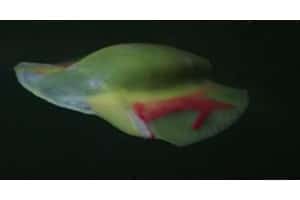The new method integrates design and fabrication into a single automated workflow, allowing high performing soft robots to be built.
The high demand for research and development of soft robots is getting further attention. Soft robots known for their life-like features can be bent, shaped or even squashed enabling them to approximate biological functions such as those of human muscles.

Well, it is definite that nanomaterials gave life to soft robots, but the process of developing them is still tedious. Largely, they are still created by hand with manual casting, limiting the complexity of structures.
“Most fabrication approaches are predominantly manual due to a lack of standard tools,” said Assistant Professor Pablo Valdivia Alvarado, who led the study. “But 3D printing or additive manufacturing is slowly coming into play as it facilitates repeatability and allows more complex designs – improving quality and performance.”
Professor Pablo Valdivia Alvarado and his team at the Singapore University of Technology and Design (SUTD) were able to demonstrate the new method, and the study was described in Journal, Advanced Materials Technologies.
The team used the technique called topology optimisation (TO), in which bespoke structures were designed using mathematical models. They developed an autonomous swimming robot by defining the robot’s fin geometry, and using TO to generate the desired structure and properties, all within specific constraints.
The design’s translated code was read and fabricated using the team’s custom-built 3D printers. The result was a 50 per cent faster soft robot having optimised composite fins, as compared to its counterpart with a traditional or a hand-cast fin. It also had the smallest turning circle, making it better overall at manoeuvring through the water.
According to Alvarado, the workflow for fabricating optimised, multi-material soft robots can be universally applied to design other soft robots.
“For example, if we’re building a sensor, our objective in TO could be to tailor the electrical conductivity of certain portions of the structure,” he said. “Customising optical, thermal, electrical, as well as other Physico-chemical properties would also be interesting for other applications.”










